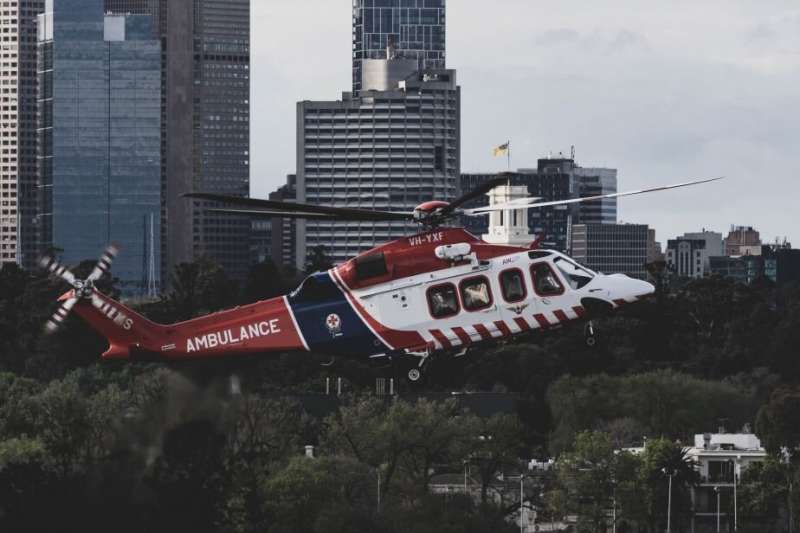This article has been reviewed according to Science X's editorial process and policies. Editors have highlighted the following attributes while ensuring the content's credibility:
fact-checked
peer-reviewed publication
trusted source
proofread
The impact of heat waves on emergency ambulance calls in Australia

Researchers have discovered calls to the Queensland Ambulance Service increase by more than 20% during some kind of heat waves, and say communities need to be more aware of the danger as heat waves grow in number and severity.
Hannah Mason is Lecturer at James Cook University's College of Public Health, Medical & Vet Sciences. She was the lead author of a study analyzing heat waves and emergency "Triple Zero" (000) calls to the Queensland Ambulance Service from 2010–2019.
Mason said heat waves are a significant and growing threat to health and well-being and are expected to increase in severity, duration, and frequency due to climate change.
"Heat waves increase the risk of heat stress-related conditions and exacerbate pre-existing conditions such as heart and renal disease," she said.
Mason worked with Professor of public health research Richard Franklin and researchers from the Queensland Ambulance Service and Queensland Health on the study.
She said the researchers found emergency ambulance calls to Triple Zero in Queensland increased on average by 12.7% during heat waves.
"The effect was greatest during low-severity heat waves (22.2%), followed by severe heat waves (14.3%), and lowest during extreme heat waves (1.2%). Those living in very remote areas and major cities were most impacted, along with those of low and middle socioeconomic status during low and severe intensity heat wave events," said Mason.
She said the finding that emergency ambulance calls were lower during extreme heat waves may be attributed to risk perception and changes in behavior.
"It's possible Queenslanders are aware of the dangers of extreme heat waves and mitigate risk by staying indoors during these events but are more willing to ignore risks and carry out their usual outdoor activities during low-severity heat waves. Adaptive behaviors during heat waves need further investigation," said Miss Mason.
She said post-heat wave effects continued for at least 10 days, and that ambulance calls remained higher than average during this time, although the first 3 days following a heat wave are of most concern.
"We think the lag effect found in this study may be because of high-temperature days following a heatwave event that do not meet the heat wave threshold but are still hot enough to have a physiological impact," said Mason.
She said heat waves become disasters when communities are unable to effectively adapt, placing pressure on response agencies. The Queensland Ambulance Service recognizes the need to meet the threat of a changing climate in their strategic plan (2022–2027).
"Heat waves significantly increase ambulance callouts, so ambulance services must actively plan for, and prepare resources and personnel to address likely increases in heat waves under a changing climate.
"Communities must be informed of the risks of heat waves of all severities, particularly low severity, and the sustained risks in the days following a heat wave event."
The study is published in the International Journal of Environmental Research and Public Health.
More information: Hannah M. Mason et al, Determining the Impact of Heatwaves on Emergency Ambulance Calls in Queensland: A Retrospective Population-Based Study, International Journal of Environmental Research and Public Health (2023). DOI: 10.3390/ijerph20064875



















